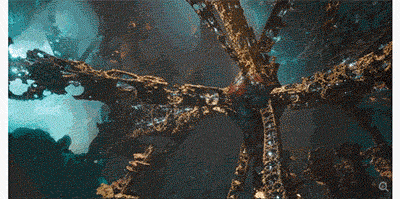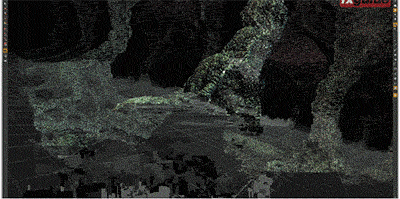


Fractals and Visual Effects
Fractals are amazing, but they’re not very flexible. They are, to make up some terms, brittle and rigid. Brittle, because a small tweak can have wide-ranging changes, making a particular look hard to adjust. And rigid, because it’s not obvious what change to make to push the results in the direction that you want.
Which is why they don’t get used in films that often. “Hard to control” is bad enough. “Can’t make the shape you need” is a show-stopper.
Which is why this article about the visual effects of Guardians of the Galaxy 2 is useful. The techniques they used to tame the fractals are great. Not just because they suggest ways that I can control fractals enough to use in my projects, but because they can be applied to other visual effects with similar problems.
Tools to explore the search space of an algorithmic output, photogrammetry applied to generated images, ways to integrate the generated output within a traditional pipeline: what these all have in common is that they can be applied to other generated things. Not just fractals.
Any generative but inflexible process can be tamed, which opens up a whole host of new applications for existing algorithms. Nesting tools within tools can make generative processes tractable.
https://www.fxguide.com/featured/the-fractal-nature-of-guardians-of-the-galaxy-vol-2
